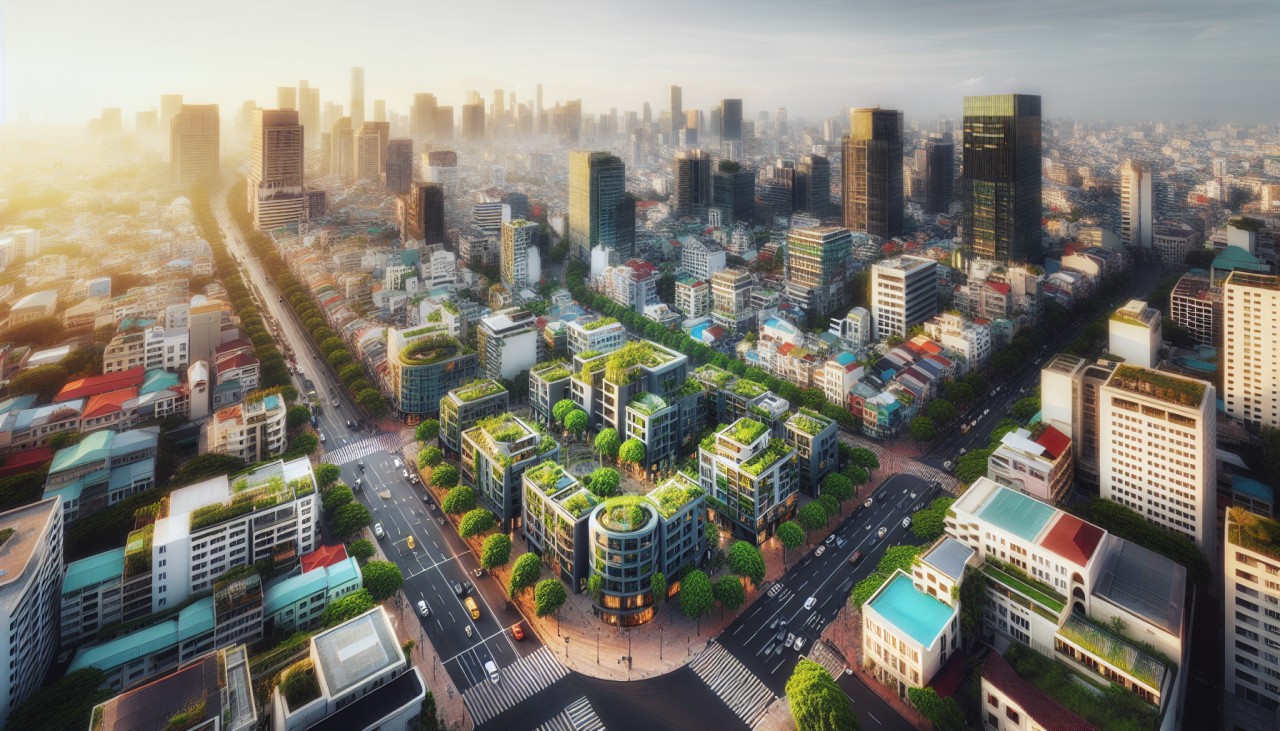


In recent years, cities across the United States have been rethinking traditional zoning laws to address housing shortages and promote sustainable urban development. A notable trend is the adoption of form-based codes (FBCs), which prioritize the physical form of buildings and their surroundings over strict land use regulations. This approach aims to create more walkable, mixed-use communities by allowing a variety of housing types and densities within the same area. Studies have shown that areas implementing FBCs experience improved walkability, shorter commutes, and a higher share of multi-family housing, contributing to a more sustainable urban environment. arxiv.org
Another significant development is the rise of mixed-use zoning, which combines residential, commercial, and sometimes industrial spaces within a single area. This strategy fosters environments where people can live, work, and play in proximity, reducing reliance on vehicles and promoting walkability. The global trend toward urbanization and the need for sustainable development have accelerated the adoption of mixed-use zoning. Cities are transforming based on demographic needs and preferences, often prioritizing density in urban cores to maximize access to transportation facilities, schools, and recreational areas. australianproperty.network
To apply these zoning principles in your daily life, consider supporting local mixed-use developments by shopping at neighborhood stores, dining at local restaurants, and participating in community events. This not only strengthens the local economy but also fosters a sense of community and reduces your carbon footprint. Additionally, advocating for form-based codes in your area can lead to more sustainable and livable urban spaces.